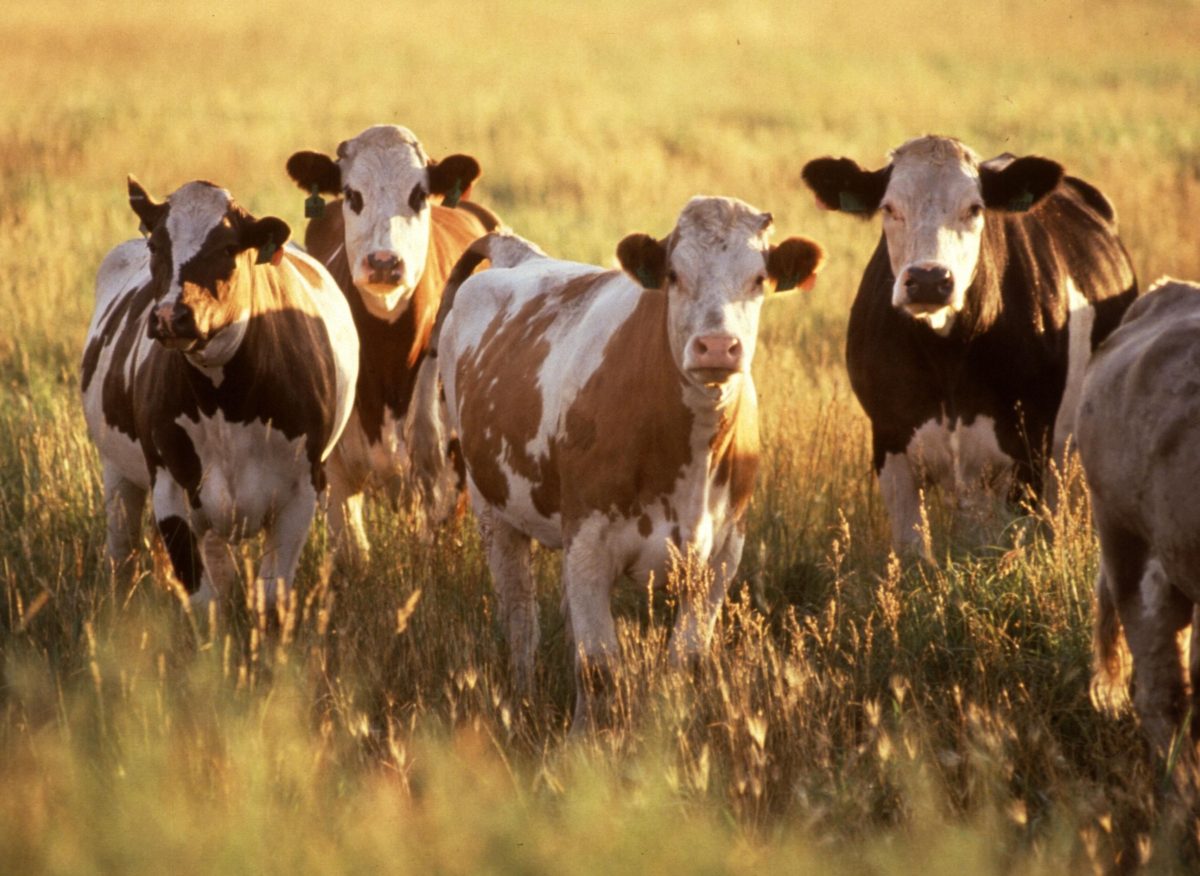Significant progress in New Zealand’s world-first effort to eradicate the cattle disease Mycoplasma bovis is reflected in the number of infected properties dropping to new lows, three years to the day since the disease was first detected in New Zealand.
Two hundred and fifty properties have been infected by the disease, Biosecurity and Agriculture Minister Damien O’Connor said in a progress report today. All but four are now clear of it.
“The hard and early approach with which we responded to Covid-19 was the exact same approach we took early on in our term as a Government to eradicate M.bovis to protect our national herd, the economic base of our primary sector, and the social good of the country,” Damien O’Connor said.
“Key to the success are our programme partners DairyNZ and Beef + Lamb New Zealand. They were part of the bold decision to attempt to eradicate this disease and have been part of our efforts since the very beginning.”
Allowing the disease to spread could cause $1.3 billion in economic losses in the first ten years alone, according to government estimates, along with substantial animal welfare issues and serious ongoing challenges for farmers having to manage the disease within their herds.
One key measure of success of the Government’s 10-year eradication plan is the Estimated Dissemination Rate (EDR). If the EDR is greater than one, then the disease is growing. If it is below one, the disease is shrinking .
The EDR is now at 0.4, down from more than two at the start of the outbreak,
” … so we are looking harder to find fewer infected animals,” Mr O’Connor said.
“We’ve shown, again, that we’re able to do what others countries have not in terms of disease eradication efforts. That’s something our farming community should be really proud of.
“Allowing the disease to spread would have caused lost productivity in our vital cattle sectors and affected the economy. Had we left M.bovis to run rampant, I’m not sure our dairy and beef sectors would have been able to weather the economic storm of COVID-19 and the challenges of drought conditions as well as they have.”
The eradication campaign had not been without substantial challenges, Mr O’Connor said, and the impact on affected farmers could not be under-estimated.
Farmers deserved a lot of credit for their efforts, he said.
“We are continuing to improve processes and work hard to support their wellbeing and recovery, including getting their compensation claims paid as quickly as possible.
“We are also changing tax law to further help farmers whose herds were culled. A significant tax bill can arise in the year they receive a compensation payment so we’ll be making a change that means they may be eligible to spread their income over several years.
“There is still work to be done, and there will be more infected farms to find – but we’re well and truly on track to do what no other country in the world has done and eradicate this disease.”
The next 12 months would be about ensuring all infected herds have been found. This will involve ongoing Bulk Tank Milk Surveillance, nation-wide beef surveillance, and on-farm testing of herds that could possibly have been exposed, to ensure that they are not infected.
“We will not let up on our efforts, and will ensure that this disease is gone so that we can farm free from it in the future,” Damien O’Connor said.
The most recent M. bovis facts and figures can be seen here.
Current situation (as at 21 July 2020)
https://www.biosecurity.govt.nz/protection-and-response/mycoplasma-bovis/situation-report/
- 250 total confirmed properties – 4 active, 246 cleared
- 58 dairy, 137 beef, 55 other
- 69 North Island, 181 South Island
- 157,854 animals culled
- 1,517,203 tests completed
- $166 million compensation paid
Background
M.bovis was first detected in New Zealand on 22 July 2017, after a large number of cattle in a South Canterbury dairy herd began displaying symptoms of a novel disease.
M.bovis had not previously been detected in New Zealand, and it was soon established that this was a new incursion that occurred around early 2015, and the disease was not widespread throughout the national cattle herd.
It was estimated that allowing the disease to spread could cause $1.3 billion in economic losses in the first ten years, along with substantial animal welfare issues, and serious ongoing challenges for farmers having to manage the disease within their herds.
In May 2018 Government and industry bodies DairyNZ and Beef + Lamb New Zealand (with support from Fonterra, Federated Farmers, the Dairy Companies Association of New Zealand, Meat Industry Association and the New Zealand Veterinary Association) made the decision to attempt a world-first eradication of this disease.
A Government Industry Agreement (GIA) Programme was established, jointly funded, governed and delivered by the Ministry for Primary Industries (MPI), DairyNZ, and Beef + Lamb New Zealand. The estimated budget for the ten year Programme is $870 million, with 68 per cent provided by government, and 32 per cent provided by farmer levies.
Source: Minister of Biosecurity and Agriculture












